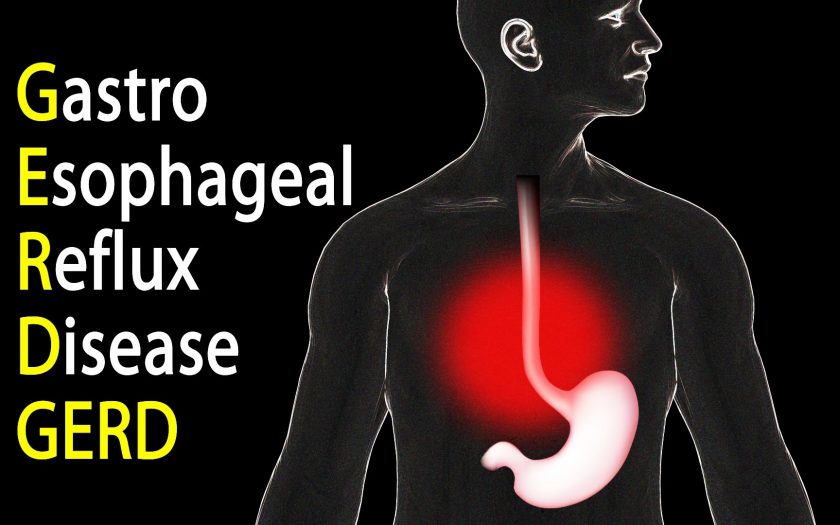Gastroesophageal reflux disease (GERD) is a chronic recurrent multisymptomatic disease caused by a spontaneous, regularly repeated move the gastrointestinal and/or duodenal content into the esophagus, leading to a defeat of the lower part of the esophagus.
The promotion of the contents of the stomach through the lower esophageal sphincter (LES) into the esophagus is called gastroesophageal reflux (GERD) too. But this is maybe a normal physiological phenomenon if it occurs occasionally after eating and does not accompany by unpleasant subjective sensations. But if there are many such complaints and they are accompanied by inflammation or damage gastric mucosa or esophagus, then it is already a disease.
The development of GERD is also influenced by lifestyle features such as stress, obesity, pregnancy, smoking, nutrition factors (fatty foods, chocolate, coffee, fruit juices, alcohol, spicy foods).
Causes of GERD:
- Reducing the tone of the LES.
- Reduced esophageal ability to self-purify.
- Damaging properties of the contents of the stomach and/or duodenum that is thrown into the esophagus.
- The inability of the mucous membrane to withstand the harmful effects of reflux.
- Violation of stomach emptying.
- Increase intraabdominal pressure.
- Peptic stricture (narrowing) of the esophagus near the LES, which is a complication of chronic GERD.
Manifestations of GERD
It turns out to be GERD primarily in heartburn (which occur more often after eating) when the body is tilted forward or at night. The second most frequent manifestation of this disease is pain that irradiates in the interpulmonary region, neck, lower jaw, left half of the chest.
Pulmonary symptoms (cough, shortness of breath, often occur in the lying position), otolaryngologic symptoms (hoarseness, dryness in the throat) and gastric symptoms (rapid saturation, bloating, nausea, vomiting) are referred to the additional manifestations of the disease.
Classification of GERD
There are two forms of GERD:
- Endoscopic-Negative Reflux Disease. Its share accounts for about 70% of cases of the disease.
- Reflux esophagitis (RE) – about 30% of cases of the disease.
GERD treatment
The basis of treatment is a change in lifestyle – normalization of body weight, elimination of smoking, reduced consumption of alcohol, fatty foods, coffee, chocolate, carbonated drinks. Food should be taken in small portions, regularly, supper no later than 2-3 hours before bedtime. It is necessary to eliminate the loads associated with increased intra-abdominal pressure, as well as wearing belts, etc. It is recommended to sleep with a raised position (15-20 cm) of the main end of the bed.
At present, the management guide for GERD has been developed, which provides 3 stages of patient assistance: self-treatment, primary care (therapist) and specialized medical care (gastroenterologist).
At all these stages, various preparations are used:
- proton pump inhibitors (Lanzol Relief)
- histamine-2 blockers (Ranitidine Relief)
- antacids

